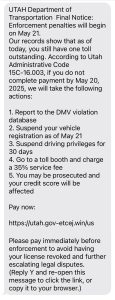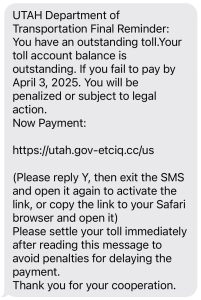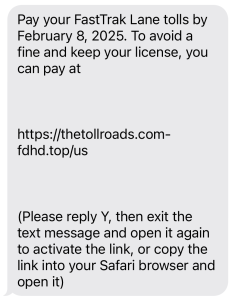Chapter 12 – Guidelines for Crash Cushion & Barrier End Treatments
Chapter 12 – Guidelines for Crash Cushion & Barrier End Treatments https://drive.google.com/file/d/1bCHRc7-LyAflL91B5Mz7GqluSMvAOPWf/view
Description:
Safety appurtenances are an integral part of a roadway. They are placed on the roadway to protect an errant vehicle from leaving the roadway and entering a more serious hazard. Barrier systems, crash cushions and end treatments systems have been designed so occupants sustain a minimal amount of injury when impacted. Barrier systems can be
placed on shoulders, which are typically to prevent a vehicle from entering a hazard, or in a median which may be to protect a vehicle from entering a hazard or to protect from cross over incidents. Crash cushions are safety appurtenances designed to protect from hazards as standalone systems or to protect the ends of barrier when bidirectional traffic is present. Crash cushions may or may not have a specified length of need associated with the system. Barrier End Treatments are designed to protect an errant vehicle from impacting a barrier end, and to provide an acceptable ride down from the impact forces. Barrier End Treatments are single sided systems and are used in application of directional traffic. Used on approach ends of barriers and on trailing ends of barriers when the trailing end is within the minimum AASHTO clear zone. Barrier End Treatments will a specified barrier length of need associated with the installation. All barrier systems, crash cushions, and end treatments have been approved based on crash testing conducted by the Federal Highway Administration or by a specific manufacturer who produces a proprietary system. All barrier systems, crash cushions and end treatments used on Utah Highways are under the jurisdiction of UDOT and must meet the test requirements of NCHRP 350 Recommended Procedures for Safety Performance Evaluation of Highway Features or the AASHTO document Manual for Assessing Safety Hardware (MASH), and a letter of acceptance has been issued by the Federal Highway Administration.



